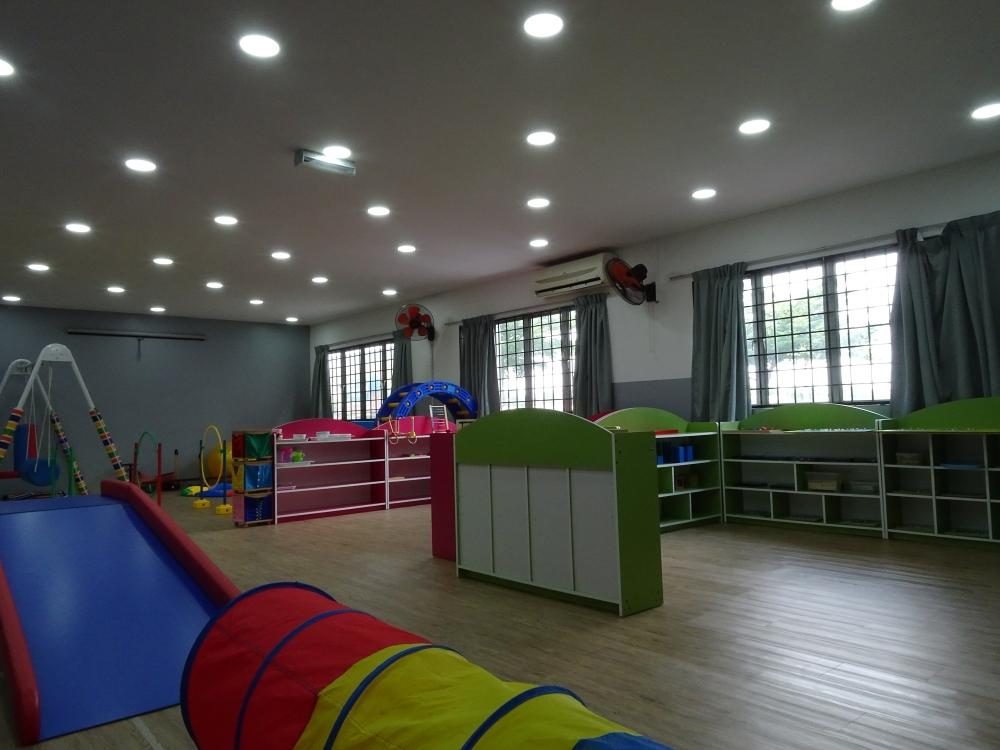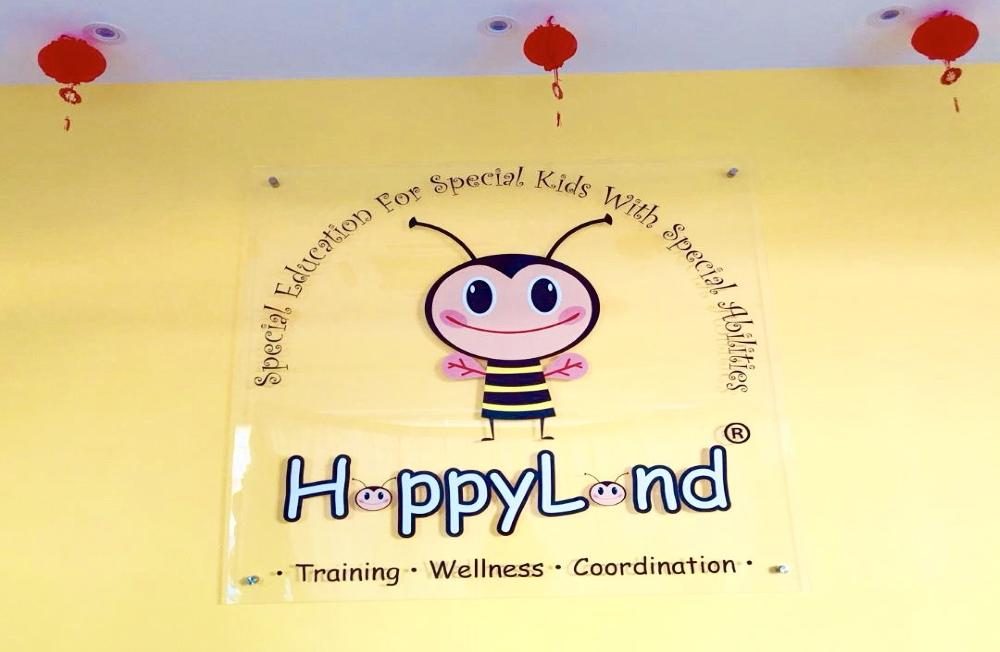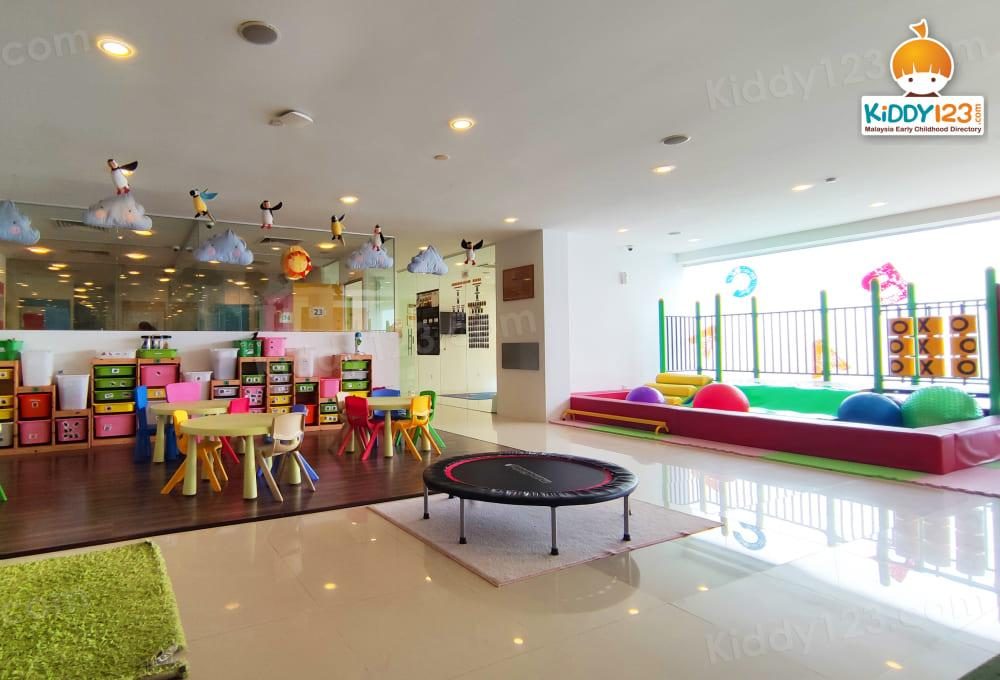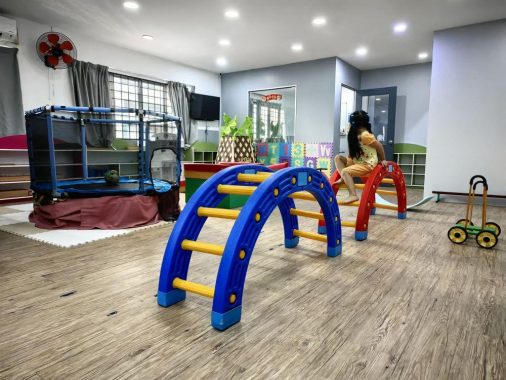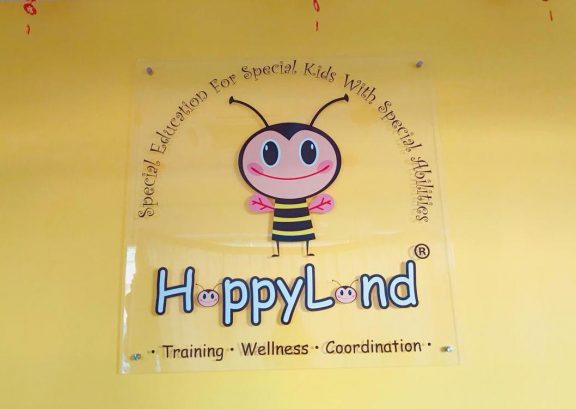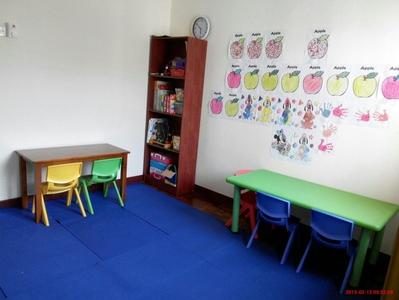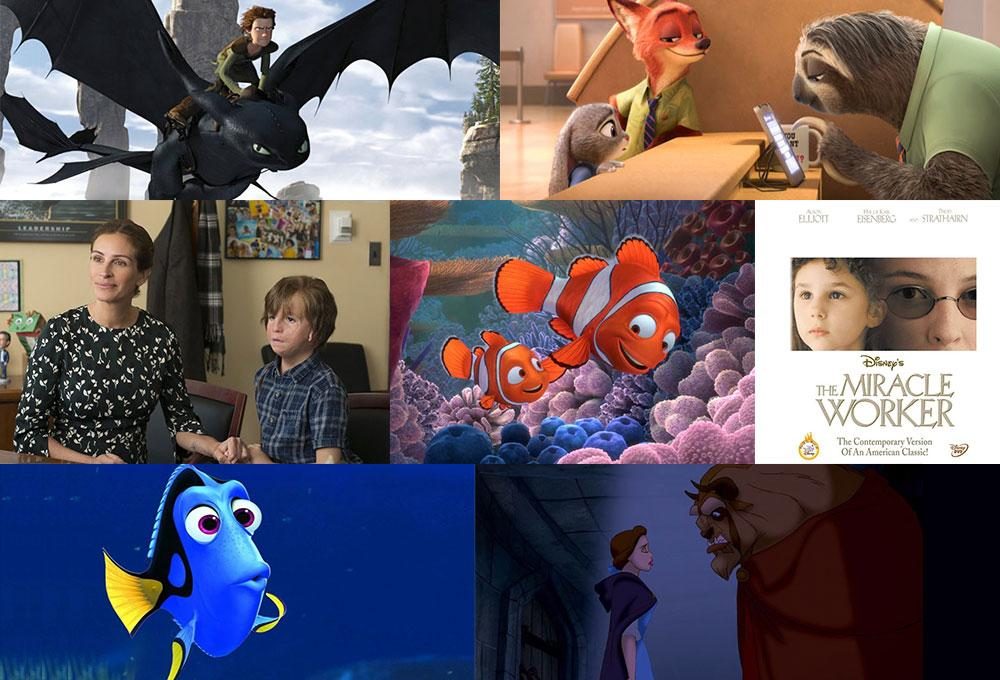How Do I Know If My Child Has Autism?
by on 05/07/2025 8372
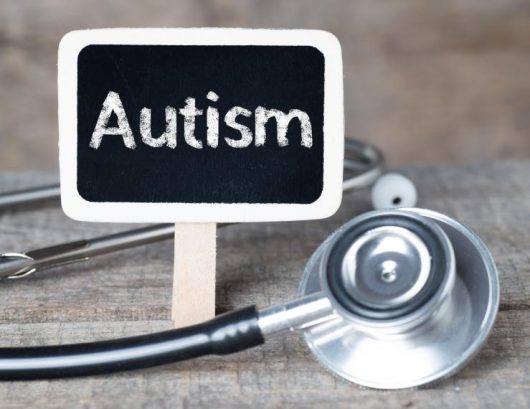
Last updated 5th May 2020
My mother was first to notice how differently my son Isaac* reacts in social situations, particularly in the presence of strangers. He prefers to sit alone in a corner of the room and could wind up crying or screaming hysterically when approached, while desperately looking for me to cling to.
“Is that normal?” my mother had asked time and again. To be honest, I wasn’t sure. Having cared for six children and seven grandchildren, she found it unusual that Isaac did not want attention. I tried to contain my worry by telling her that he was probably just a shy guy. Extremely shy. Or is he? Deep down, I knew her concerns were valid.
As Isaac’s meltdowns got more and more frequent, several thoughts came into mind. My initial theory was that two years of breastfeeding amplified the strong bond between him and I; which as a result, caused the severe separation anxiety for Isaac. Moving from one daycare to another due to inevitable babysitting issues before Isaac’s first birthday could also be a contributing factor. It also did not help that my husband and I were often tied to work commitments, rarely having the opportunity to spend time nor observe the small signs of regression that consumed our little boy.
After much advice from our closest friends, my husband and I learnt how important it is to closely monitor the growth stages of our child. Heeding any abnormal changes upon Isaac’s behaviour has helped us to identify with help from medical experts his condition of autism spectrum disorder or better known as autism – delayed progression of cognitive, communication and motor skills. Several studies show that autism is connected to a child’s mental development in the womb and can be traced to an expectant mother’s health condition, lifestyle as well as eating habits. Among others, disruptions to a mother’s immune system during pregnancy such as prolonged ailments, viral infections to the bloodstream and usage of medication unsuitable to the foetus are antecedent to unutilized areas of her child’s brain.
Here are some of the red flags you need to look into which would highly benefit your child’s overall wellbeing in these most crucial years of childhood.
Expressiveness
When was the last time you heard your child sing or dance to a favourite song, or play pretend with toys? At the age of two years old, a toddler would have progressed with intelligence and emotional quotient to communicate their feelings of happiness, appreciation, anger or even sadness.
Eye contact is one of the most important aspects of this developmental milestone as facial and hand gestures enhance a toddler’s evolution of speech. These active expressions help adults to understand them better. Most toddlers with autism are unable to hold even a gaze upon another person as they feel that their comfort zone is being threatened. They lack confidence and conviction; therefore their inability to make eye contact is largely attributed to nervousness and anxiety. Surprisingly, such angst is not only a result of the toddler’s genetic makeup, but could have also been triggered by physiological surroundings and poor parenting skills.
Parental guidebooks often pinpoint and discourage the act of “Ferberizing”, a cry-it-out technique that traumatizes a young infant’s emotions. By not responding immediately to a baby’s cry and leaving them to wail themselves to sleep, their confidence level slowly deteriorates and they feel unwanted. Even worse, brash physical punishments such as spanking or caning could as well increase the risk of autism among children.
Delayed Speech
The ultimate telltale flag of autism is the delay of speech. Always attempt to call for your toddler in your home. Does he or she respond? Sometimes your child does not respond mainly because he or she does not understand speech patterns, even after exposure to sounds from the environment or media such as television.
If your toddler has not spoken more than two words that do not include mimicking or repeating what others say spontaneously at the age of 18-24 months, it is best that you refer the situation to a specialist.
The first thing a medical expert would recommend is to examine whether the child is hard of hearing, which will affect the ability for the child to replicate what is heard through speaking. However, should the results appear negative then most likely this is the gateway for parents to begin early intervention programmes to assist the child with speech therapy which is available through public and private institutions.
Limited Attention Span
In some cases, parents deal with hyperactivity and attention deficit where their toddler finds it hard to concentrate on a specific activity, especially when they are made to participate unwillingly. Children with autism are focused on exclusive areas, which is not always a good thing. Having precise parts of their right brain tuned into what they are most interested to do, in example – colouring, playing with Lego, watching cartoons and completing puzzles can lead to wonderful things such as becoming geniuses of their field. The downside is they are immensely attuned to what they do that they practically ignore what goes on around them. Prepare for bouts of aggressiveness should you attempt to take their “thing” away for a quiet sit-down dinner.
Attributed to the toddler’s inefficient short-term memory, children with autism select objects that are simpler to remember, for example; wardrobe that most frequently worn, white rice due to its monotonous appearance or the colour red due to its boldness. Most parents feel that this means the child has a favourite food, favourite colour or item of clothing but in actuality, the toddler autism can only identify with familiar things that in turn makes them feel more secure. Simple tasks such as putting on clothes or putting away the remote will seem like rocket science to a 2 year-old toddler with this condition.
Try this simple exercise: build a structure using 3 blocks and ask your toddler to follow suit. Increase the number of blocks each time your toddler succeeds. If your child is unable to go beyond more than 5 blocks after 3 attempts, this could be a signal of underdeveloped motor skills.
Contrary to the belief of our elders, no two children are the same. It was not until the early nineties that treatment became available for children with autism. In some cases, autism is left untreated until adolescent due to lack of understanding among parents, a probable cause of social ineptness leading to depression as well as other psychological illnesses. The common misconception is that children’s life starts in school, at the age of 5 years old onwards. Little emphasis is actually given to a child’s years of play (from infancy up to 5 years old) which many are not are aware is the key to mental happiness as neurons in the brain function at its most optimum performance, feeding a child with information and generate efficient bodily functions.
If you need further information, browse through the Early Autism Project page or contact your nearest intervention centre (as suggested in the Recommended Listings section or here) for an in-depth consultation. Find out more about other special needs centres here. For a thorough autism screening test, visit Oasis Place, Kuala Lumpur or Autism Behavioral Centre (ABC), Bangsar.
*name changed
Ms. Gwen M. Piah is a full-time working mom of two who juggles her responsibilities between teaching and parenting. The demands of raising a son with autism and adventurous, imaginative daughter have taught her to be resilient and more forgiving towards others who don’t understand children with special needs. Ms. Piah strives to break the stigma and clear common misunderstanding, not only about autism, but also about all special needs children in general.
Contact: Autism Behavioral Center (ABC), Bangsar, Kuala Lumpur




















